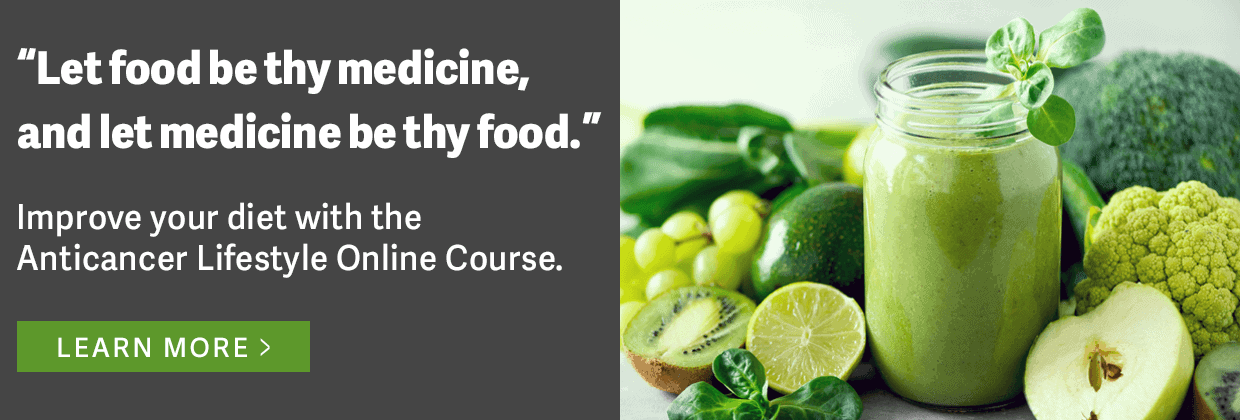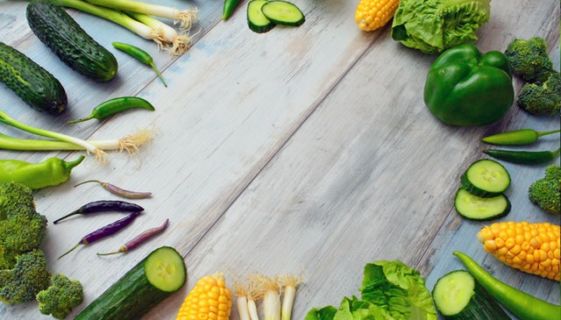Other than lack of availability, there is one reason why many consumers do not purchase organic foods—and that is price. Unlike conventional farmers, organic farmers receive no federal subsidies. In addition, organic foods generally cost more to produce.
For those who would like to purchase organic, but are on a tight budget, the Environmental Working Group (EWG), puts together an annual shopper’s guide called the Shopper’s Guide to Pesticides in Produce. Each year, EWG receives pesticide data from the USDA and uses it to come up with rankings for popular fresh produce items. The Shopper’s Guide is divided into two lists—the Dirty Dozen and the Clean Fifteen. The Dirty Dozen lists the fruits and vegetables with the most pesticide residues. The Clean Fifteen lists the fifteen with the least amount of pesticide detected. These lists are updated annually in order to help you make safer choices for you or your family. Note that these foods are tested after washing or peeling in order to mimic consumer practices.
Some key findings from the Dirty Dozen include:
- More than 98% of strawberries, spinach, peaches, nectarines, cherries and apples tested positive for at least one pesticide.
- A single sample of strawberries contained 20 different pesticides.
- Spinach samples had, on average, twice as much pesticide residue by weight than any other crop.
Some key findings from the Clean Fifteen include:
- Avocados and sweet corn were the “cleanest”—only 1 percent of samples showed detectable pesticides.
- More than 80 percent of pineapples, papayas, asparagus, onions and cabbage had no residue.
- No single fruit from the Clean Fifteen tested positive for more than four types of pesticides.
- Multiple pesticide residues are rare on Clean Fifteen vegetables. Only 5 percent of Clean Fifteen samples had two or more pesticides.
Here are a few tips to enjoy organic foods in an affordable manner:
- Ease into it. Start with one food or food group or choose which products to buy organic based on the EWG’s Dirty Dozen and Clean Fifteen.
- Plan your food shopping list and menu, but be flexible based on cost.
- Buy organic foods in season, when they are least expensive, and then freeze the surplus.
- Buy organic store brands. These are often more affordable.
- Buy organic foods in bulk — beans, grains, herbs, and spices are often cheaper in bulk.
- Cook from scratch. This is less expensive and healthier than eating prepared foods.
- Make some meatless meals. Meat is usually the most expensive item on a grocery list. Eating less meat is better for your health and better for the environment, and can free up more food dollars to spend on organics.
- Assess other expenses, including electronics, dining out, clothing, lattes, etc. Instead of a latte, you can get a dozen organic pastured eggs that can feed you for six meals.
- Minimize food waste. It is estimated that 30-40 percent of the food supply in the US goes to waste.
- Don’t shop hungry. Forty percent of food purchases are impulse-driven by in-store advertising, convenience, or your hunger level at the time. These spontaneous purchases are often of less healthy foods.
We hope this information helps you make more informed choices during your next trip to the grocery store. For a more in-depth understanding of the ways diet impacts chronic illness, see the Anticancer LIfestyle program’s Diet module.






